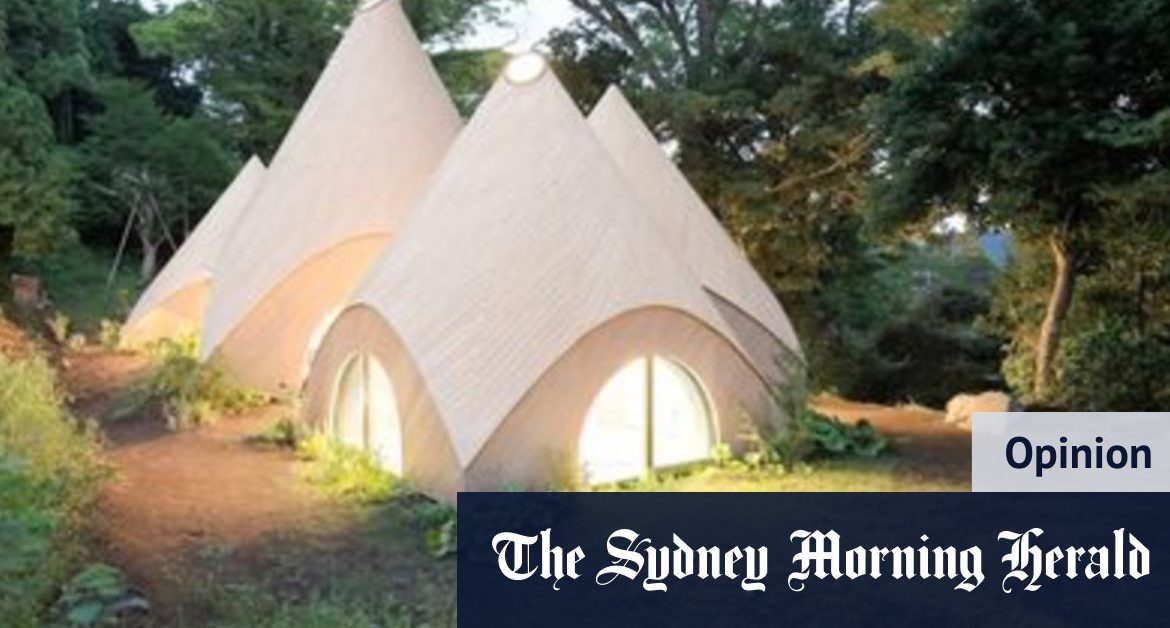We’re now more attuned to the idea that mind and body are less separable than the standard biomedical model allows. We know that stomach flora affect our emotional life, and mood affects cancer. Yet our systems treat people like machines.
How to fix this? Of course, there’s legislation. There’s a federal Aged Care Act and a Housing for Seniors state environmental planning policy, but in a system of bare-minimum funding and less-than-bare-minimum oversight, our reliance on developers – another bare-minimum species – to design and build housing for older people yields a genre that makes the cliff-jump option frankly appealing.
Aged care homes are designed to sap the will and enfeeble the soul.Credit:Louise Kennerley
Most aged housing is in outer-suburban woop-woop where plots are large and land is cheap. So people most needing connection and least likely to drive, walk or cycle are stuck far from urban bustle, with scarcely a bus line to the local shops. The older and/or sicker people become, and the more in need of cheering up, the likelier they are to become trapped in sealed institutions reliant on artificial light and air: small rooms, bad smells, long corridors, bland textures and decorative schemes designed to sap the will and enfeeble the soul.
Can this be reversed? Specialist architect Lara Calder thinks so. Pandemic has taught us, she says, that people need things “a bit earthy, scruffy, interesting. Real air and textures; cold as well as warmth. Discomfort, as well as comfort”. Her dementia village in Burradoo deploys the non-medicalised “butterfly model” of care within a familiar cottage-garden setting.
The idea is to enhance, rather than diminish, people’s connection with and control over their own lives. It’s money, yes, but also design. Apartments for Life, in the Netherlands, are available to anyone over 55 and designed so people can change from full independence to having equipment and care brought in as needed.
This draws on the use-it-or-lose-it principle, recognising that over-providing care can be more damaging than under-providing it. It also encourages small pleasures, especially those that were once denied – sleeping till lunchtime, drinking in a bar, spending all weekend in the garden or the library.
Outside Amsterdam, a specially designed dementia village mimics real life. Avoiding wards and corridors, it is organised around a town square with theatre, gardens and post office, improving memory by resurrecting design vogues from the residents’ youth. Also in the Netherlands, a multi-generational project in Houten, houses older women near young mothers with children, so they can share wisdom, support and babysitting.
I’d go further. Painting studios, chook pens, workshops, beehives; parachute lessons, lava lamps, saunas, raves. But also weed weekends, sunbathing, ecstasy picnics, LSD dens, ayahuasca tents, peyote bars. After a lifetime of productive discipline, why the hell not?







